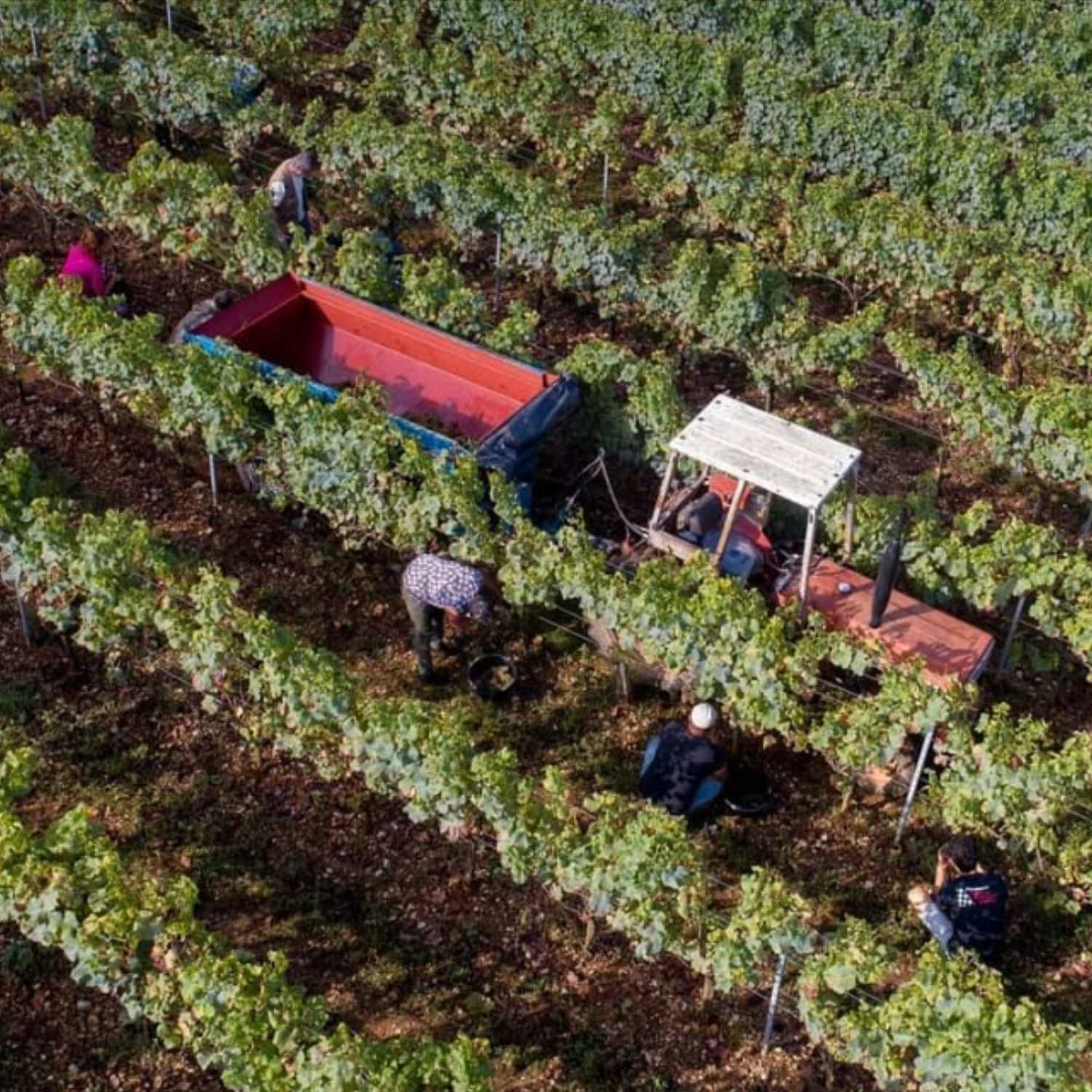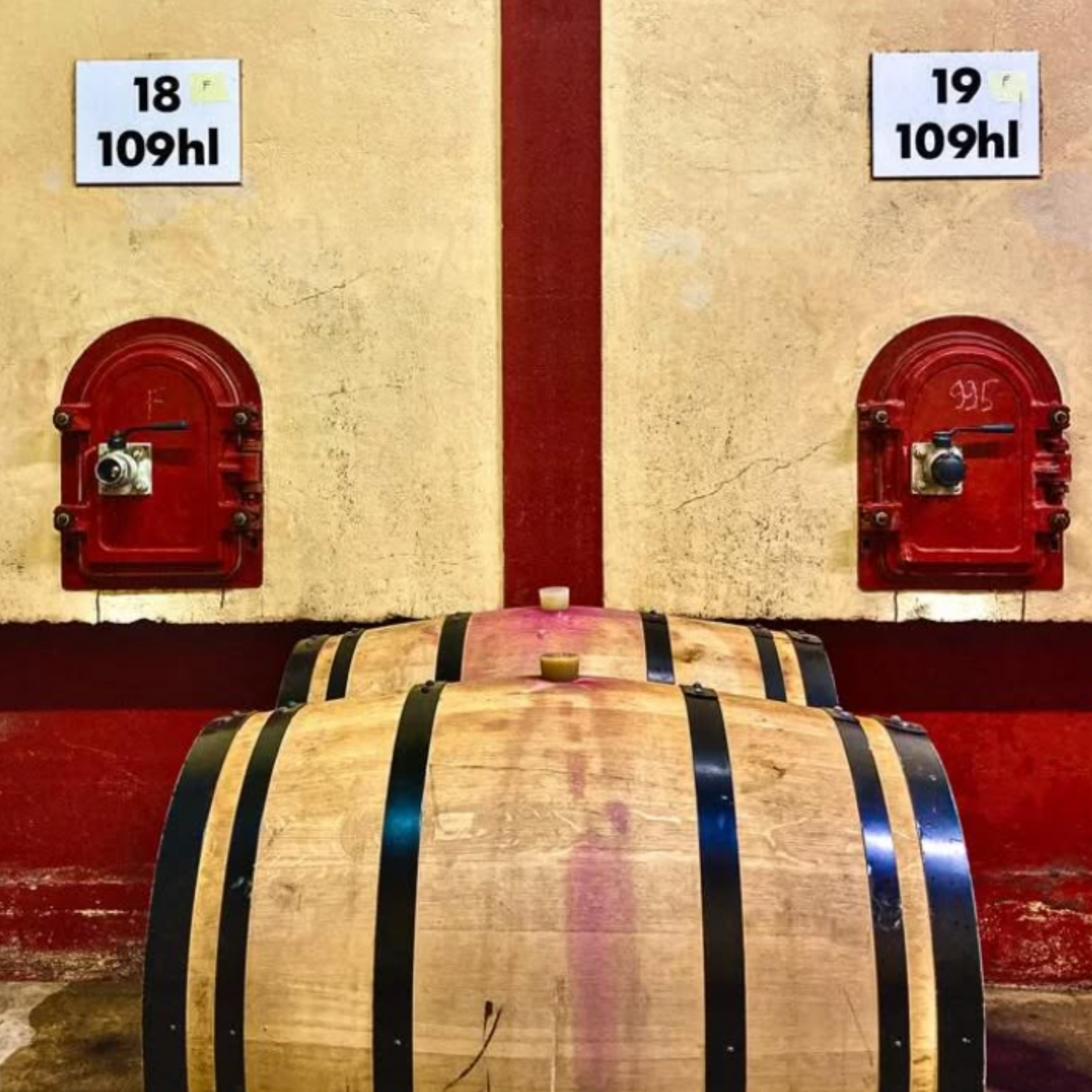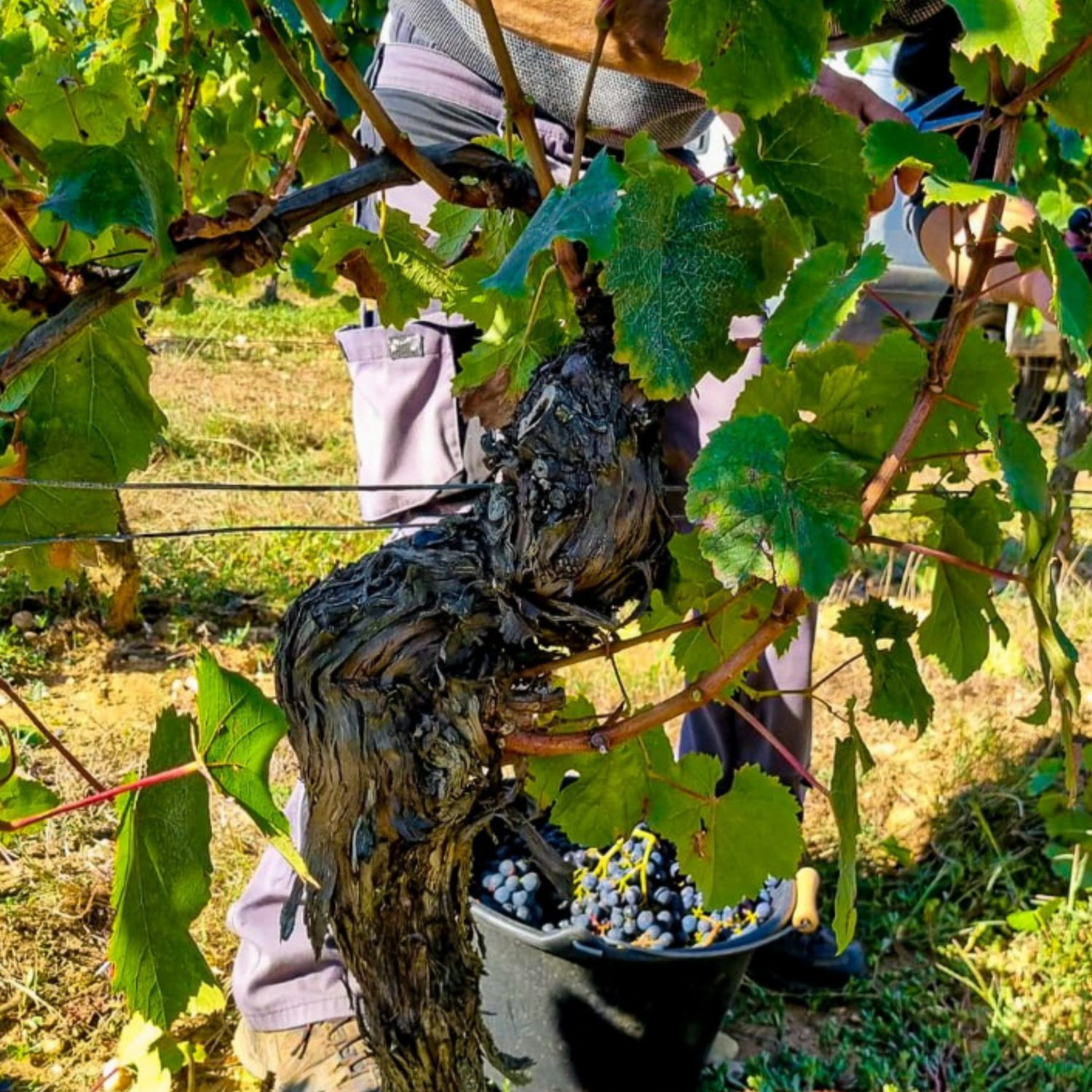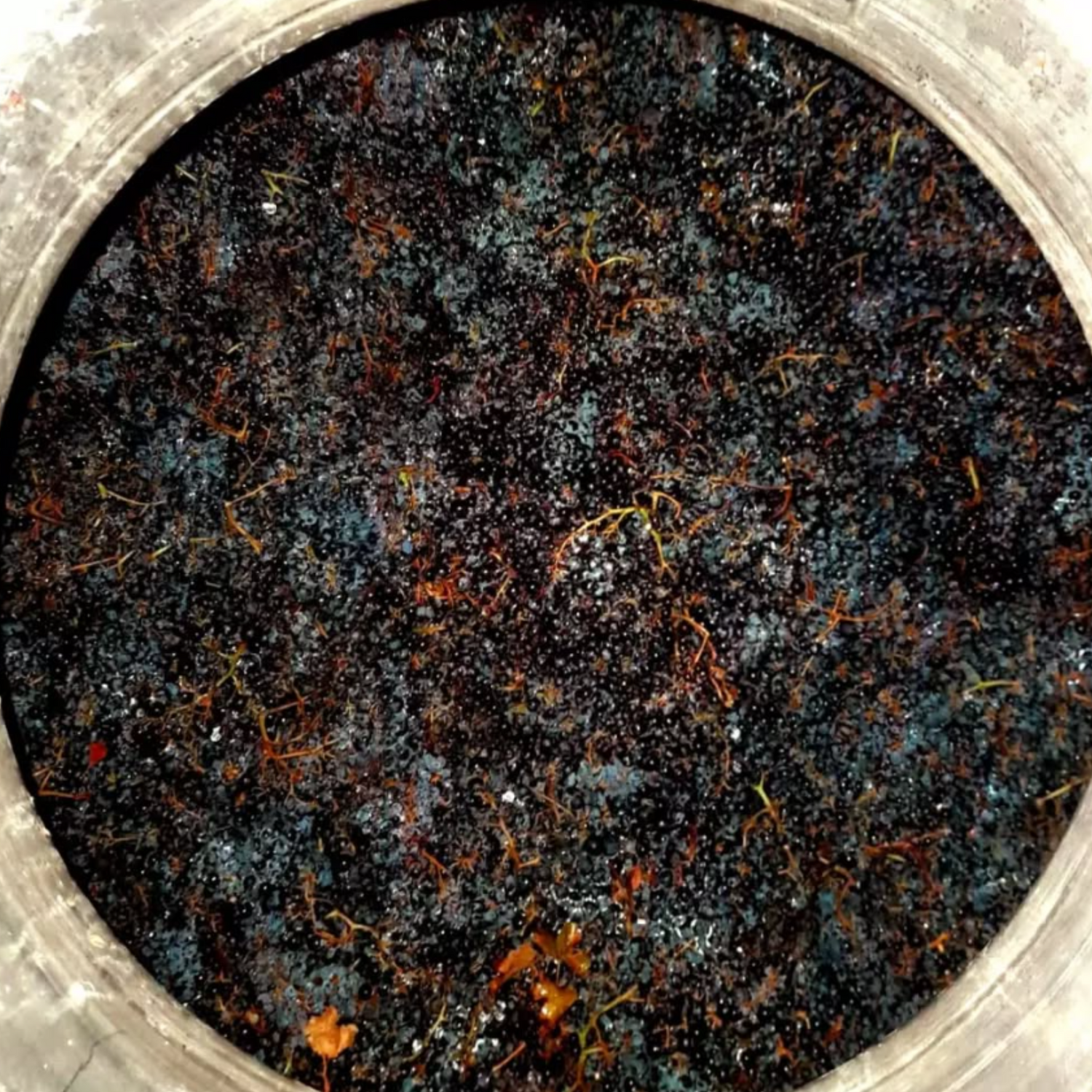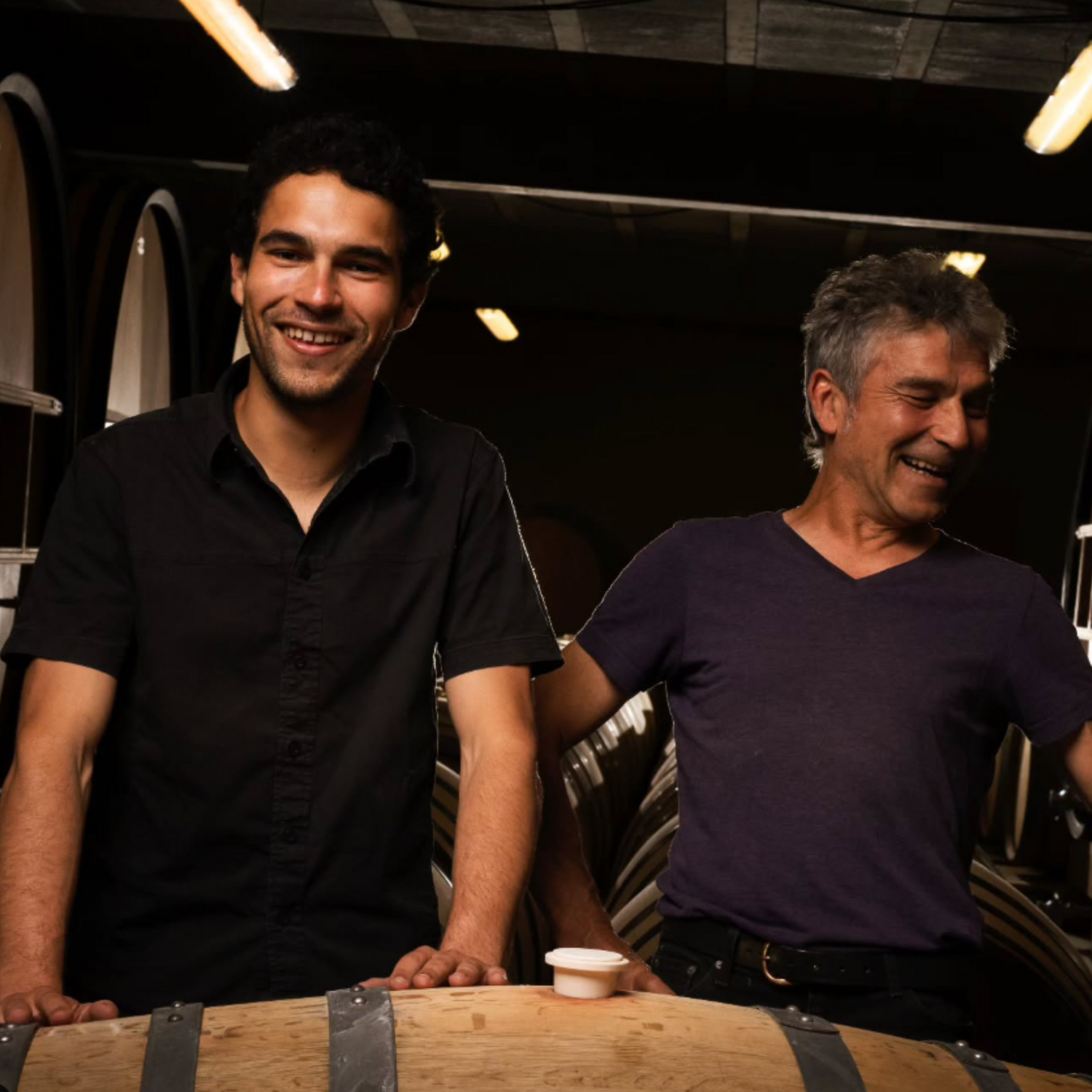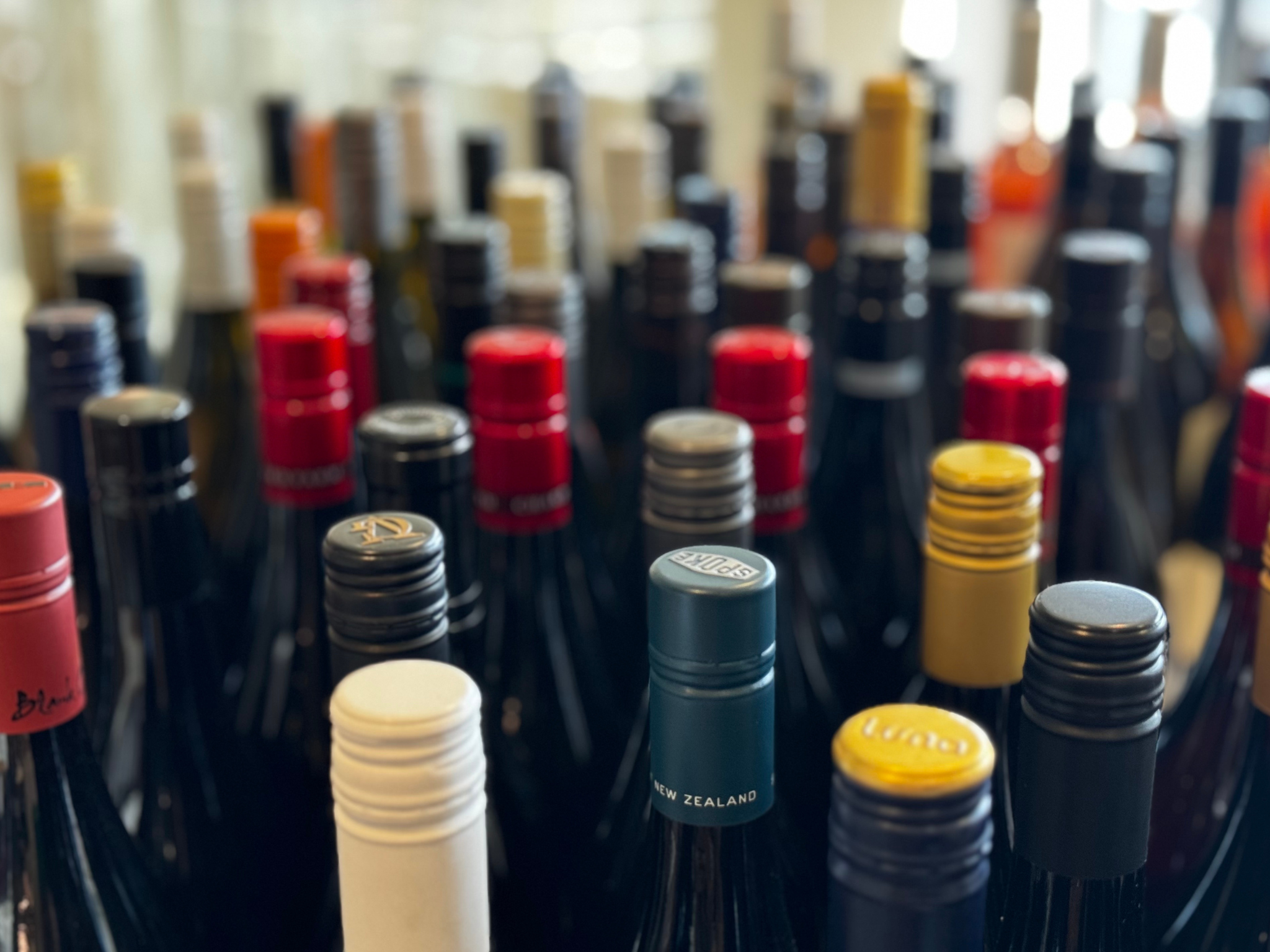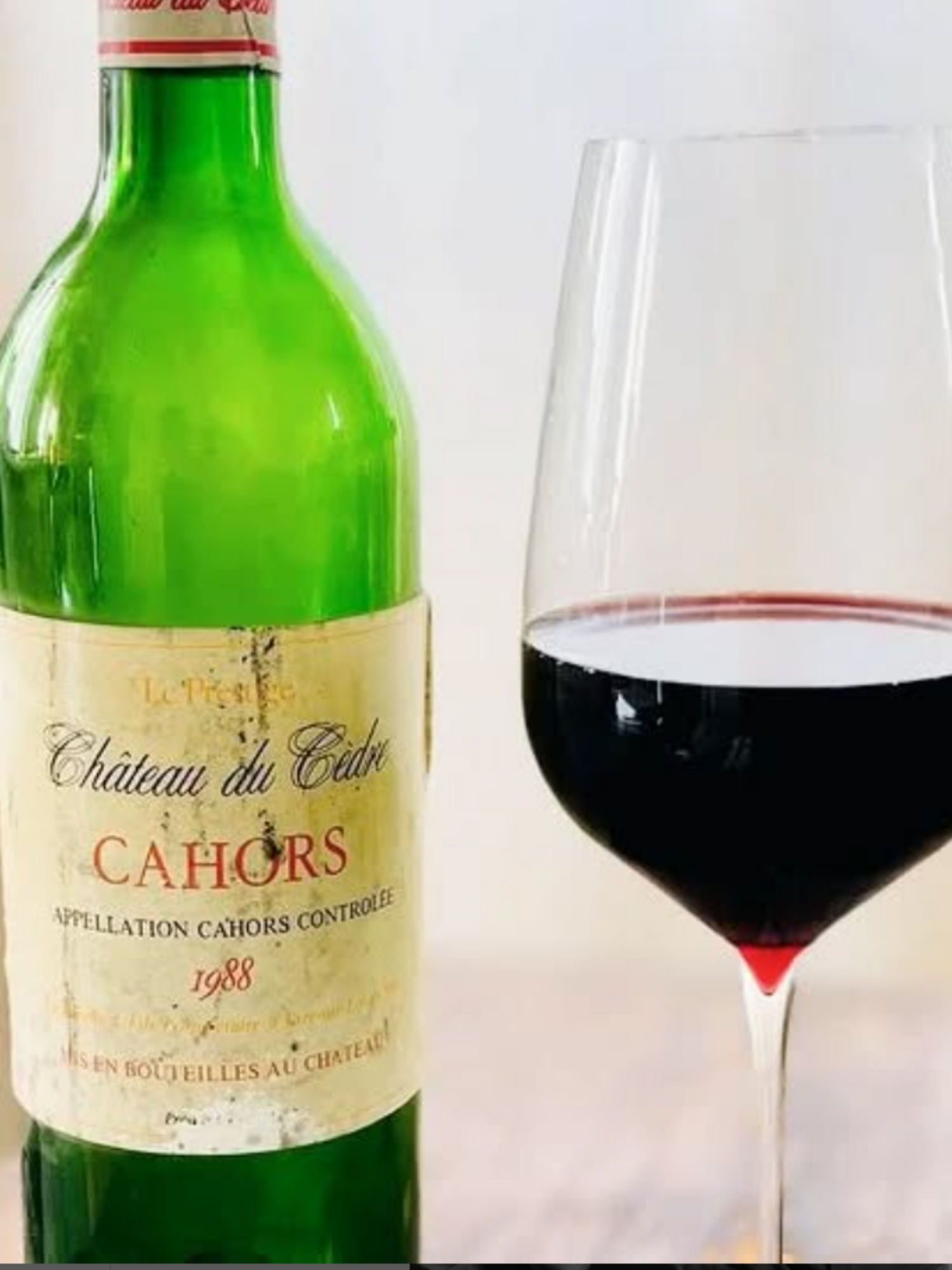
Château du Cèdre
Château du Cèdre is the leading light of Cahors, a region once synonymous with inky, rustic Malbec but now known — thanks in large part to this estate — for balance, finesse, and depth. Family-owned and organically farmed, Château du Cèdre has, for over 40 years, shown what is possible when Malbec is handled not as a blunt instrument, but as a lens into terroir, time, and quiet power. Today, brothers Pascal and Jean-Marc Verhaeghe continue to lead the domaine with calm precision and thoughtful evolution.
The estate vineyards lie on the terraced limestone slopes above the Lot River, where the soils shift from red clay and gravel to Kimmeridgian limestone — each contributing nuance, structure, and a distinct mineral core to the wines. Farming is certified organic, and has long been guided by ecological respect: deep-rooted vines, cover crops, and minimal soil disturbance all foster vineyard health and expressive, low-intervention fruit.
In the cellar, winemaking is restrained and detail-driven. Fermentations are spontaneous, with gentle extraction and extended maceration. Oak is used sparingly — large foudres and well-seasoned barrels shape the wines with elegance, not weight. The flagship wines — particularly Le Cèdre and GC — are given long ageing and time in bottle before release, allowing their structure and layering to settle into harmony. Across the range, the approach is one of patience, balance, and trust in the land.
The wines are dark-fruited, textural, and poised. The Cahors entry cuvée shows vibrant plum, blackberry, and violets, with fine tannins and stony lift. Le Cèdre is more architectural — black fruit, tobacco leaf, warm spice, and mineral length wrapped in firm yet polished tannins. GC (Grand Cèdre), from the oldest parcels, is powerful and brooding, with immense depth and the capacity to age for decades. Small quantities of Viognier and blends round out the portfolio with elegance and aromatic lift.
What defines Château du Cèdre is its quiet authority — a producer that reshaped Cahors not by changing Malbec, but by revealing its potential to speak in tones of gravity, nuance, and light.
These are wines of presence — grounded, composed, and shaped by the limestone terraces and long shadows of the Lot Valley.
